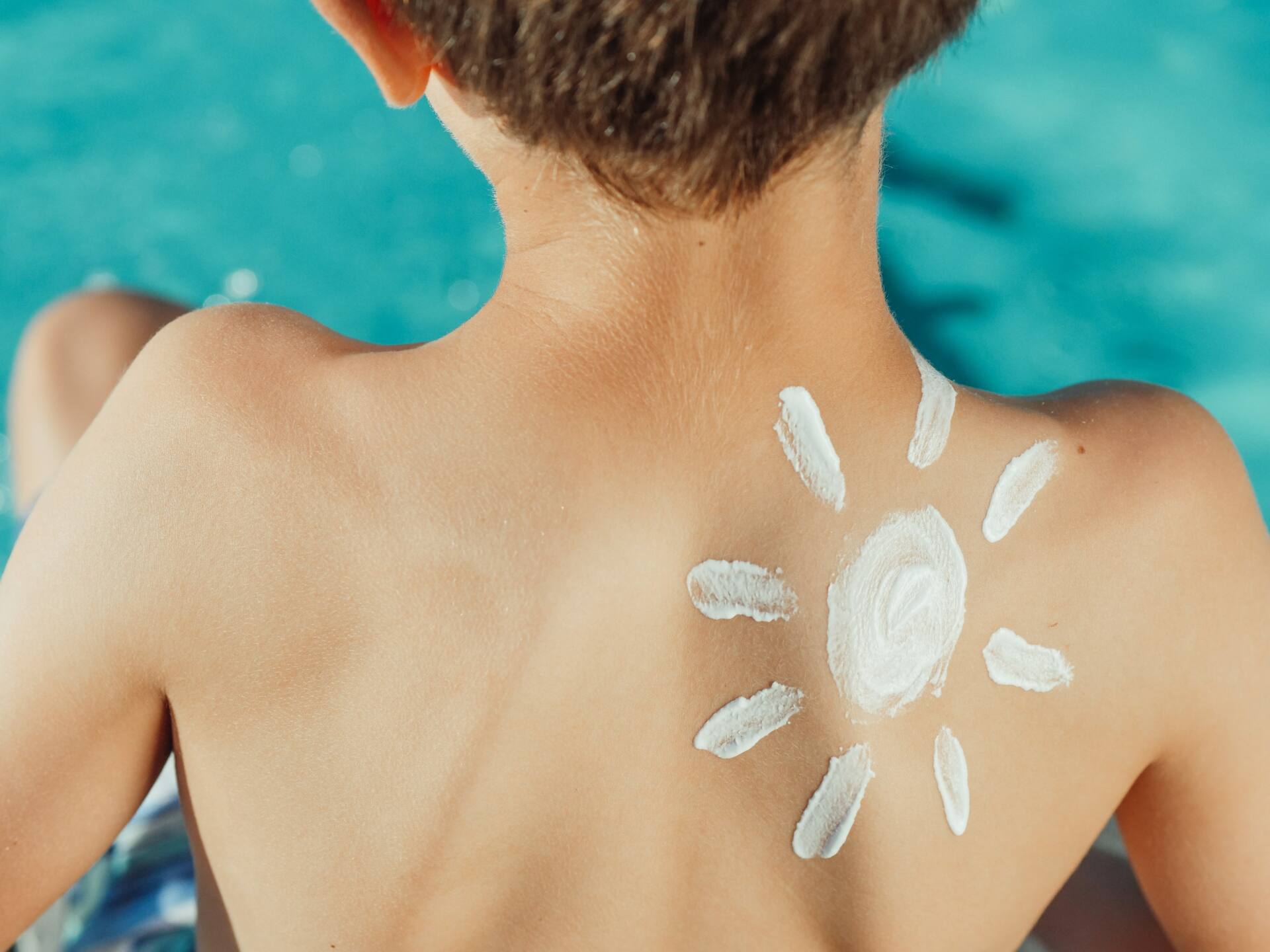The 411 On SPF: Chemical Sunscreen vs. Physical Sunscreen
- services
- skincare-tips
When it comes to protecting our skin from the sun’s ultraviolet (UV) rays, sunscreen is our best defense. However, with so many options available, how can you choose? No matter which brand you pick, whether spray or rub in, you should be aware of the two categories of sunscreen – chemical and physical formulas – and how each works.
What are chemical sunscreens?
Chemical sunscreen is a formula that works by absorbing ultraviolet (UV) rays, converting them into “heat energy” and releasing them from the body. These sunscreens contain organic compounds, such as avobenzone, octinoxate and oxybenzone, that interact with the skin to provide UV protection.
When applied, these compounds undergo a chemical reaction that allows them to absorb the radiation. This absorption process helps to prevent the UV rays from penetrating deeper layers of the skin, reducing the risk of sunburn and skin damage. Common characteristics of chemical sunscreens include the following:
- Sunscreen Activation Time: Chemical sunscreens require 15-30 minutes to become effective after application. This time allows the compounds to properly bind to the skin.
- Weight and Visibility: Chemical formulas are often lightweight with a thinner consistency that blends easily into the skin.
- Coverage: Most chemical sunscreens offer broad-spectrum protection, protecting against UV-A and UV-B rays. However, its effectiveness against UV-A rays may vary depending on its specific ingredients.
- Durability: Chemical sunscreens may require more frequent reapplication, especially after swimming or sweating. As with all sunscreens, reapplication is recommended at least every two hours.
What are physical sunscreens?
Physical sunscreens, also known as mineral sunscreens, work by creating a physical UV barrier on the skin’s surface. They contain mineral ingredients, such as zinc oxide and titanium dioxide, which create a shield that reflects and deflects the UV radiation away from the skin, unlike chemical formulas that convert rays.
When applied, the mineral particles sit on top of the skin, forming a protective layer that reflects the sunlight. Physical sunscreens provide immediate protection upon application and are effective against UV-A and UV-B rays.
- Activation Time: Unlike chemical sunscreens, physical sunscreens provide instant protection upon application. These formulas are ideal for those who need immediate sun protection.
- Weight and Visibility: Physical sunscreens tend to have a thicker consistency and may leave a slight white cast or visible residue on the skin. These lotions may require extra effort to blend into one’s skin.
- Coverage: Like chemical sunscreens, many physical sunscreens provide broad-spectrum protection against UV-A and UV-B rays. When choosing a sunscreen, always look for “broad-spectrum” on the label to ensure comprehensive protection.
- Durability: Physical sunscreens are generally sweat-resistant and water-resistant, making them suitable for outdoor activities or water sports. As with all sunscreens, reapplication is recommended at least every two hours.
Which type of sunscreen is better?
While both formulas meet the recommended standards for sun protection, those with sensitive skin can be prone to irritation caused by ingredients in chemical formulas, such as oxybenzone.
Physical sunscreens are generally more well-tolerated since they contain gentle mineral ingredients less likely to cause skin irritation or allergic reactions. If you have specific sensitivities or concerns, consulting with a dermatologist can help identify suitable options.
Sun safety is our specialty!
At Charleston Dermatology, our board-certified dermatologists are ready to support South Carolina patients in achieving their skin goals. We a proud to provide for patients throughout the state. Contact us today to book your appointment and learn more about our cosmetic and medical dermatological services!
